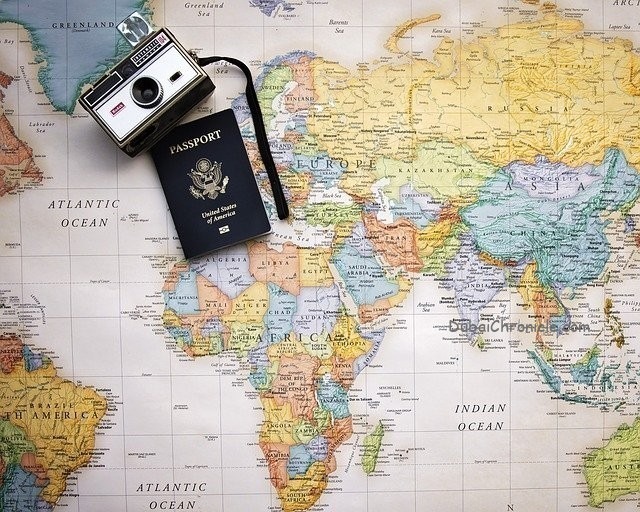
After a weak first half of 2021, international tourism rebounded during the Northern Hemisphere summer season, boosting results in the third quarter of the year, especially in Europe.
According to the newest edition of the UNWTO World Tourism Barometer, international tourist arrivals (overnight visitors) increased by 58% in July-September compared to the same period of 2020. However, they remained 64% below 2019 levels. Europe recorded the best relative performance in the third quarter, with international arrivals 53% down on the same three-month period of 2019. In August and September arrivals were at -63% compared to 2019, the best monthly results since the start of the pandemic
Between January and September, worldwide international tourist arrivals stood at -20% compared to 2020, a clear improvement over on the first six months of the year (-54%). Nonetheless, overall arrivals are still 76% below pre-pandemic levels with uneven performances among world regions. In some sub regions – Southern and Mediterranean Europe, the Caribbean, North and Central America – arrivals actually rose above 2020 levels in the first nine months of 2021. Some islands in the Caribbean and South Asia, together with a few small destinations in Southern and Mediterranean Europe saw their best performance in Q3 2021 according to available data, with arrivals coming close to, or sometimes exceeding pre-pandemic levels.
The uplift in demand was driven by increased traveler confidence amid rapid progress on vaccinations and the easing of entry restrictions in many destinations. In Europe, the EU Digital Covid Certificate has helped facilitate free movement within the European Union, releasing large-pent up demand after many months of restricted travel. Arrivals were only 8% below the same period of 2020 yet still 69% below 2019. The Americas recorded the strongest inbound results in January-September, with arrivals up 1% compared to 2020 but still 65% below 2019 levels. The Caribbean recorded the strongest results by subregion with arrivals up 55% compared to the same period in 2020, though still 38% below 2019.
Slow and uneven pace of recove
Despite the improvement seen in the third quarter of the year, the pace of recovery remains uneven across the global regions. This is due to varying degrees of mobility restrictions, vaccination rates and traveler confidence. While Europe (-53%) and the Americas (-60%) enjoyed a relative improvement during the third quarter of 2021, arrivals in Asia and the Pacific were down 95% compared to 2019 as many destinations remained closed to non-essential travel. Africa and the Middle East recorded 74% and 81% drops respectively in the third quarter of 2021 as compared to 2019. Among the larger destinations, Croatia (-19%), Mexico (-20%) and Turkey (-35%) posted the best results in July-September 2021, according to information currently available.
Gradual improvement in receipts and expenditure
Data on international tourism receipts show a similar improvement in Q3 of 2021. Mexico was recorded the same earnings as 2019, while Turkey (-20%), France (-27%) and Germany (-37%) posted comparatively smaller declines from earlier in the year. In outbound travel, results were also moderately better, with France and Germany reporting -28% and -33% respectively in international tourism expenditure during the third quarter.
Looking ahead
Despite recent improvements, uneven vaccination rates around the world and new Covid-19 strains could impact the already slow and fragile recovery. The economic strain caused by the pandemic could also weigh on travel demand, aggravated by the recent spike in oil prices and disruption of supply chains. According to the latest UNWTO data, international tourist arrivals are expected to remain 70% to 75% below 2019 levels in 2021, a similar decline as in 2020. The tourism economy would thus continue to be highly impacted. Tourism’s direct gross domestic product could lose another US$ 2 trillion, the same as in 2020, while exports from tourism are estimated to stay at US$ 700-800 million, significantly below the US$ 1.7 trillion registered in 2019. The safe resumption of international tourism will continue to largely depend on a coordinated response among countries in terms of travel restrictions, harmonized safety and hygiene protocols and effective communication to help restore consumer confidence, particularly at a moment where cases are surging in some regions.































